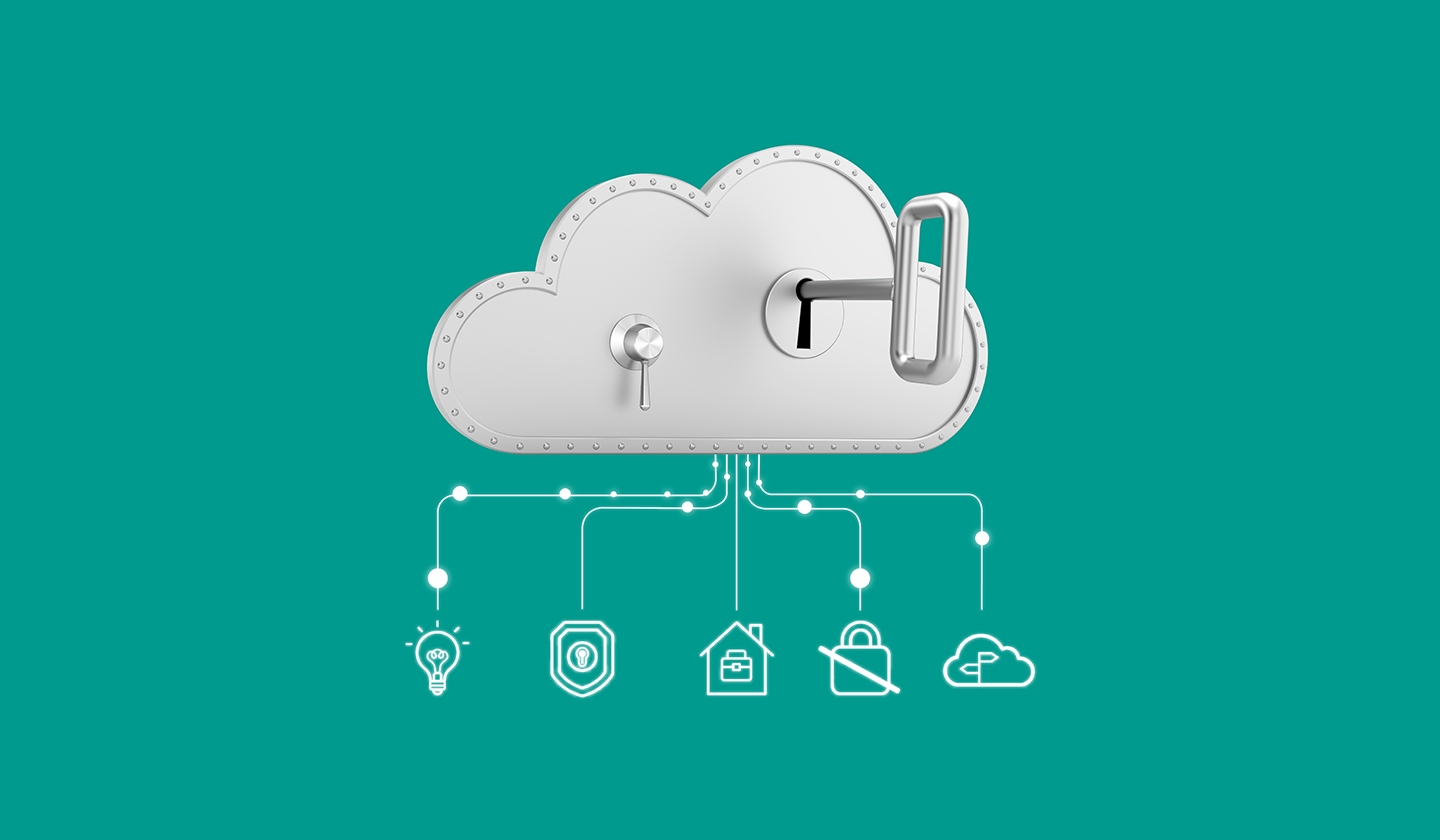Why it’s time to move critical databases to the cloud now

CIO takeaways
- 9 in 10 companies plan to migrate databases to the cloud within three years
- Legacy, precloud databases create security risks and can undermine digital transformation projects
- Automated processes can lower risks of long outages due to migrations
Despite the rise of the cloud in the past two decades, many companies have held off on migrating mission-critical databases — until now.
Database migration is finally picking up speed, as the benefits of moving to the cloud outweigh the risks. According to a recent IDC study, 63% of companies are now migrating databases to the cloud, and 29% are actively considering doing so in the next three years.
“We’re seeing a very strong move to the cloud,” says Mark Linster, chief technology officer at EDB, a database product provider. “Roughly half of companies are opting for cloud-based databases, while the other half are using cloud infrastructure so they can continue running and maintaining the software themselves.”
Here are five reasons why CIOs should stop putting off the inevitable:
Access to innovation. Legacy databases may be stable, but many don’t operate at the speed of digital business today. If it takes too long for a database to process an online order or processes requests in batches, they can be an unacceptable anchor on a company’s digital transformation plans.In fact, less than 20% of companies have put more than 50% of their operational data in the cloud, according to another IDC report. What’s more, most companies don’t have the internal know-how or computing capacity to apply the latest AI or machine learning techniques to find patterns within that data. Such AI services are available from the major public cloud providers and many managed service providers.
Security. Legacy databases were not designed with today’s security threats in mind, and many of the most damaging and costly attacks occur when attackers who successfully break through companies’ perimeter defenses find their way into these outdated, vulnerable systems.More companies are handling the job of protecting their most sensitive types of data — such as customer and financial information — to cloud providers whose platforms were designed with modern threats in mind, and have automated processes to ensure that the latest security patches are applied. And given a shortage of 2.7 million cyber-specialists, CIOs would rather offload security so they can save their resources for innovating.
Scalability for a WFH world. Many legacy apps were developed to run on carefully planned corporate networks, with a defined number of clients, primarily PCs. The pandemic changed all that. Now, with employees and customers logging on from more devices and more locations, it’s much harder to predict the demands that will be made on databases. Rather than beef up company data centers and networks, companies can rely on cloud providers to ramp up or down as demands change.
Less lock-in. Companies that want to run their own databases on public cloud infrastructure can avoid lock-in by employing multicloud technology that lets them use multiple public cloud platforms. According to Flexera, 79% of companies now use more than one public cloud provider.
More mature migration options. As the cloud database market has matured, so has an understanding of best practices for moving away from legacy systems. There are graduated processes to migrate less sensitive data first, so if there’s an outage it won’t be disastrous to the business.Moving legacy databases that have been stable for years or even decades is a difficult decision. But in today’s fast-moving digital world, the benefits of stability are often outweighed at some point by the better performance, agility, and security of the cloud. In a recent survey, EDB found that 92% of companies are satisfied with the moves they’ve made so far.
Read this next: Cybersecurity is a data challenge, and better search technology is key to improving visibility and action